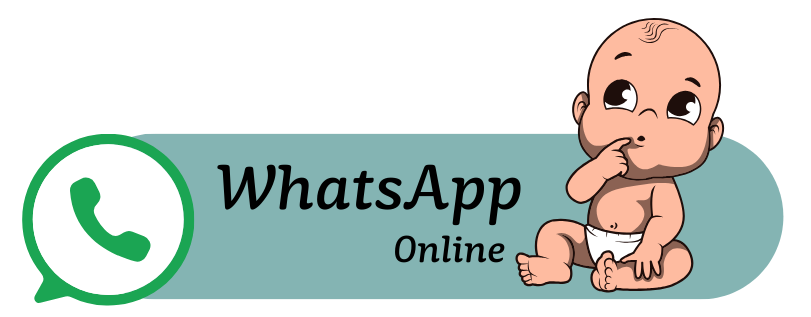BLOG
👂 Ear Infections in Babies and Children: When to Worry, When to Watch
🎯 “My baby has a fever, keeps pulling on their ear, and cries a lot — could it be an ear infection?”
Yes, it could.
Ear infections (acute otitis media) are among the most common illnesses in infancy and early childhood. They often follow colds or upper respiratory infections and may cause fever, fussiness, and sleep disturbances.
While some cases resolve on their own, others require medical treatment and close follow-up.
This blog will guide you through the symptoms, diagnosis, treatment, and when to see your pediatrician.
⸻
📌 What Is an Ear Infection?
An ear infection refers to inflammation and fluid build-up behind the eardrum, usually due to bacteria or viruses.
The most common type is acute otitis media, which typically affects:
• Children aged 6 months to 3 years
• Those starting daycare or nursery school
• Children following a cold or nasal congestion
⸻
🔍 What Are the Symptoms?
👶 In Babies:
• Fever (above 38°C / 100.4°F)
• Ear tugging or rubbing
• Irritability, crying more than usual
• Waking up at night frequently
• Poor feeding or refusing to breastfeed
🧒 In Older Children:
• Ear pain
• Hearing difficulties
• Ear drainage or discharge
• Loss of balance or dizziness
⸻
🧪 How Is It Diagnosed?
Your pediatrician will examine the ear using an otoscope.
Signs of infection include:
• Redness or bulging of the eardrum
• Fluid build-up behind the eardrum
• In some cases, perforation with drainage
Hearing tests may be recommended if infections are recurrent or prolonged.
⸻
💊 Does It Always Require Antibiotics?
No. Not all ear infections need antibiotics. Treatment decisions depend on:
Pain relief (paracetamol or ibuprofen) is essential and helps improve comfort quickly.
⸻
🔁 Why Do Some Children Get Recurrent Ear Infections?
Children may be prone to repeated ear infections due to:
• Starting daycare or preschool early
• Exposure to secondhand smoke
• Bottle feeding while lying down
• Enlarged adenoids or narrow Eustachian tubes
📌 If a child has 3 infections in 6 months or 4 in one year, insertion of ventilation tubes (ear tubes) may be considered.
⸻
👨⚕️ When Should You See a Doctor?
Seek medical attention if your child has:
• Fever and ear pain
• Ear discharge or foul-smelling fluid
• Reduced hearing
• Unusual nighttime waking or constant crying
• Frequent infections or speech delay
⸻
💡 Parental Tips for Prevention
✅ Continue breastfeeding to support immunity
✅ Avoid feeding the baby while lying flat
✅ Protect from tobacco smoke exposure
✅ Maintain nasal hygiene during colds
✅ Consider short daycare breaks if infections are frequent
⸻
📌 Final Thoughts
Most ear infections resolve without complications — but in some cases, delayed treatment may affect hearing and speech development, especially in babies.
Early recognition of symptoms and timely medical evaluation are key to preventing long-term effects.
🩺 If you’re based in İzmir and your child shows signs of ear infection or frequent fevers, I’d be happy to welcome you to my pediatric clinic for thorough evaluation and treatment.


